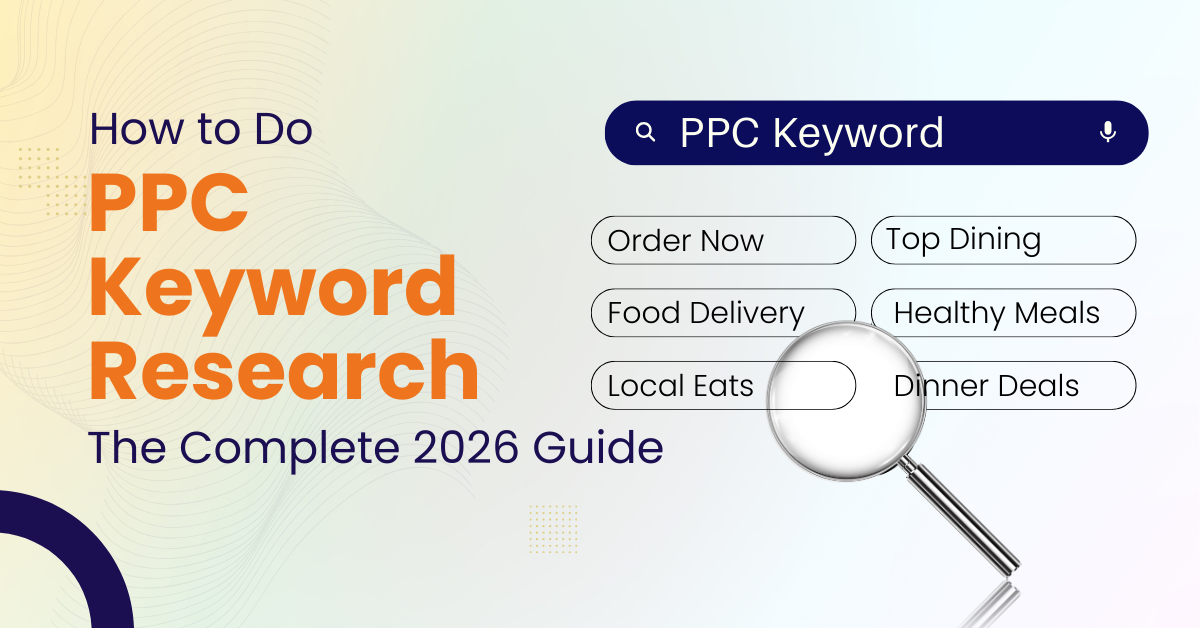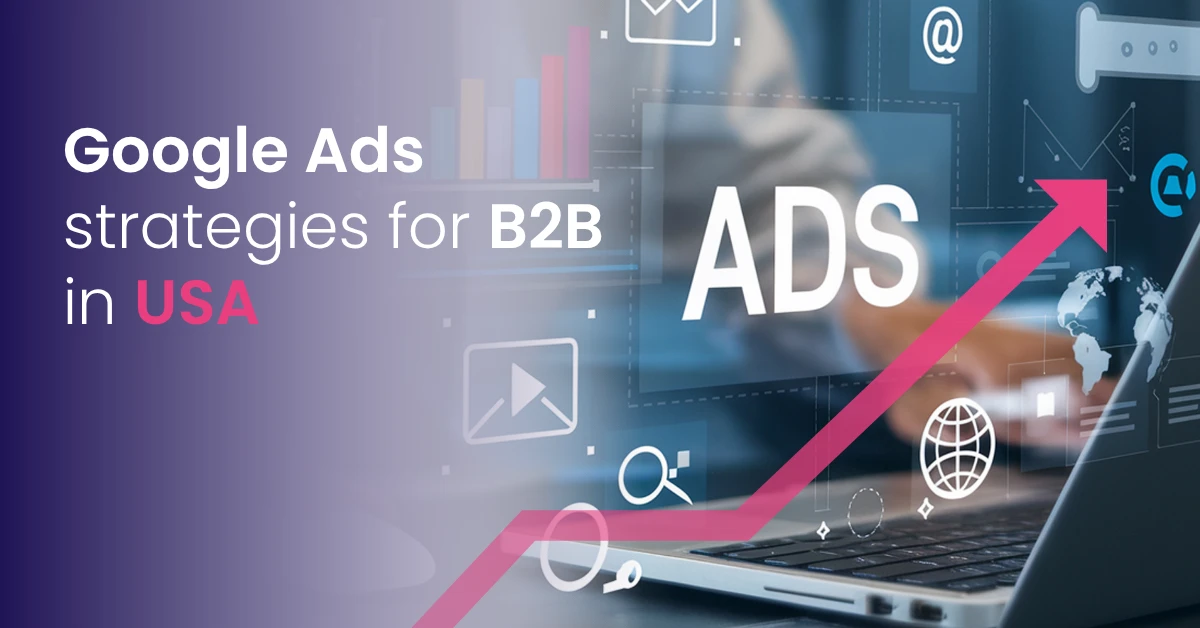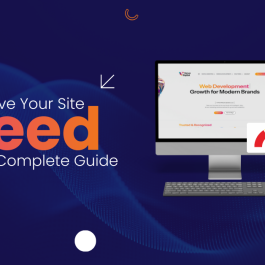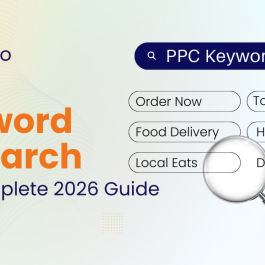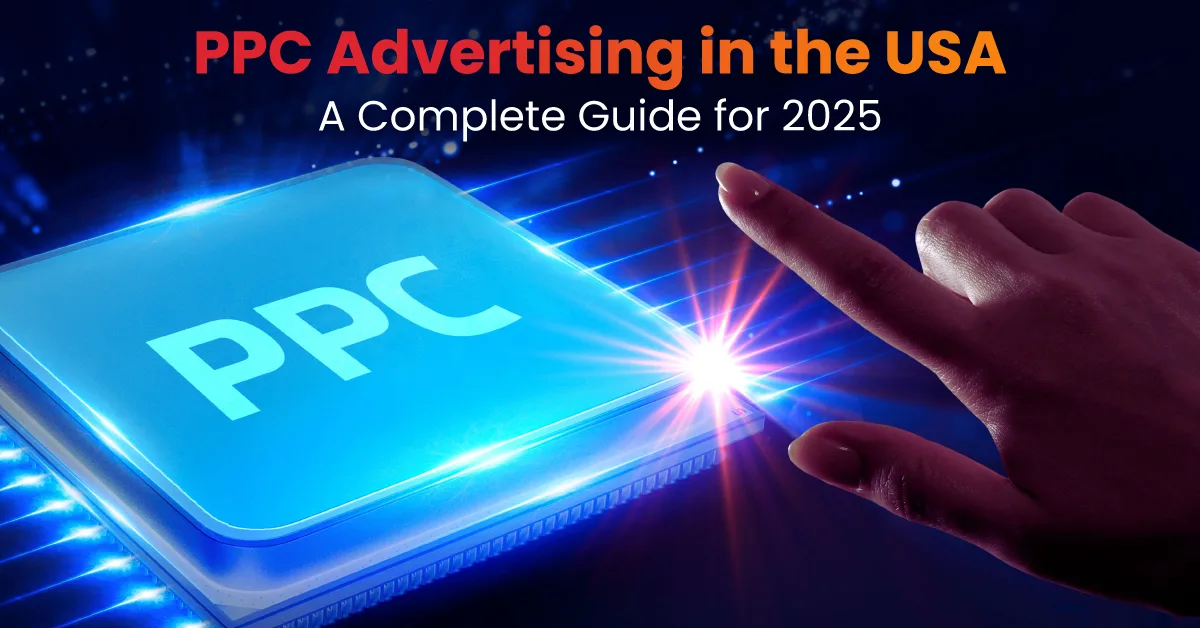6 min read
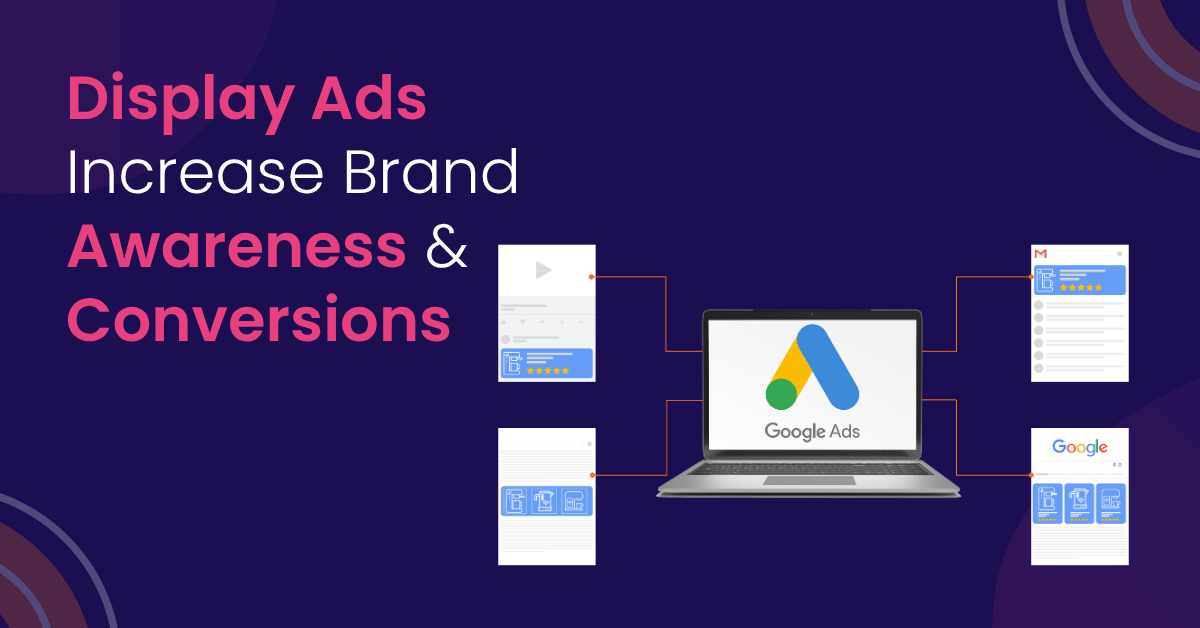
Display advertising uses visual ads like banner, rich media, and video ads on websites, social media, and mobile apps. These ads engage potential customers and boost brand visibility. Platforms like Google Ads and Google Display Network let you target people by demographics, interests, and behaviors. This supports full-funnel marketing strategies.
Programmatic display ads automate buying and make campaigns more efficient. Notably, 27% of people search for a business after seeing a display ad. This leads to a 59% increase in conversions. Retargeting display ads have higher click-through rates (0.7% vs. 0.07%). Over 90% of marketers say they work as well or better than search ads. They also boost brand-related search queries a lot.
Table of Contents
Types of Display Ads
1. Banner Ads: The Most Recognizable Display Ad Format
Banner ads use static or animated images to promote products or services. They appear at the top, bottom, or sides of web pages. These ads are very visible and familiar to internet users. Banner ads are a key part of digital advertising strategies. They drive brand visibility well. They are the most recognizable display ad format, usually placed at the top, bottom, or side of web pages.
2. Rich Media Ads:
Rich media ads have interactive elements like videos and animations. They catch attention easily. Creatively designed display ads boost engagement and click-through rates. They offer immersive experiences. These dynamic ads excel at captivating users. They make display advertising campaigns more effective.
3. Video Ads:
Video ads use motion and sound to engage audiences. They show as pre-roll, mid-roll, or post-roll ads. They help boost brand recall. They also push viewers to take action. Their visual appeal makes video ads a strong tool to increase brand awareness and conversions.
4. Native Ads:
Native ads blend with website or social media content. They create a non-intrusive experience that builds trust. This smooth fit leads to higher user engagement and click-through rates. Display ads should show a brand’s personality to build emotional connections. Native ads do this well.
Benefits of Display Advertising
- Display advertising increases brand awareness by reaching many people on websites and social media platforms.
- It offers many targeting options like demographics and interests. This supports marketing goals like lead generation and conversions.
- Display ads keep messaging consistent across devices. This improves user experience and reach.
- Display ads drive 12% of website traffic. Users are 155% more likely to search for the brand after seeing ads.
- They give measurable results and real-time optimization. This boosts engagement and ROI.
- Display ads can greatly boost brand-related search queries. Sometimes, queries rise by over 1000% after users see the ads first.
Creating Effective Display Ads
Use high-quality, eye-catching visuals and clear messages with strong CTAs. Target specific audiences. Make sure landing pages match ad branding and offers. Use consistent logos and colors for better brand recall. Show the brand’s logo clearly and keep colors the same across all ads. Ad placement and design affect display ad performance. Plan these carefully.
Running a Display Ad Campaign
1. Setting Up a Display Ad Campaign
Choose platforms like Google Ads or Google Display Network to start campaigns. Create strong ad creatives. Pick precise targeting by demographics and interests. Set budgets with CPC or CPM bidding. Watch performance often. Use responsive ads for flexible display on devices. Optimize campaigns to get the best ROI.
2. Measuring Display Ad Performance
Track key metrics like click-through rates, conversions, and return on ad spend. Use A/B testing on creatives, targeting, and bids. This helps optimize campaigns and see display ads’ direct and indirect effects. Track view-through conversions to see indirect impacts on user behavior.
Display Ad Formats and Placement
Display ads come in many formats: banner ads, rich media ads, video ads, native ads, and interstitial ads. They appear on websites and social media platforms like the Google Display Network. Optimize ad placements for best visibility and user engagement. Interstitial ads are full-screen ads shown during transitions. They ensure high visibility and engagement. Responsive ads adjust size, look, and format to fit ad spaces. This gives flexibility across devices.
Optimizing Display Ad Campaigns
Test and improve ad creatives often. Change targeting to reach the right people. Optimize bids to get the best ROI. Use action words and urgent language in calls to action. Keep testing and optimizing to get brand recognition and more conversions. A/B test different ad visuals, headlines, and CTAs to improve conversion rates. Set clear campaign goals and KPIs to measure success.
The Role of Display Ads in Digital Marketing
Display ads help brand awareness and conversions. They work well with other marketing channels like search engine marketing and social media. They give measurable results with flexible budgets and pricing like CPC and CPM. They offer cost-effective solutions for businesses. But costs can rise in competitive markets. This makes it harder for small businesses to get seen.
Common Challenges and Solutions
Display ads face challenges like low click-through rates (CTR), ad fatigue, and banner blindness. Banner blindness means users ignore banner ads. This lowers their effectiveness. Ad fatigue happens when users see the same ads too much. This lowers engagement. Over 198 million people use ad blockers. This blocks display ads from showing. Display ads can also seem intrusive. This hurts user experience and brand perception.
On average, display ads get a low CTR of about 0.06%. To fix this, advertisers should improve ad creatives. They should refine audience targeting. They must control ad frequency with caps to avoid ad fatigue. Keep watching and adjusting campaigns to keep them effective and successful.
The Future of Display Ads
Programmatic advertising and AI will improve campaign optimization. AI tools help create and test ad creatives. They also improve programmatic ad buying. Using targeted audience strategies with display remarketing can increase conversion rates by 40% or more. Privacy rules limit how data can be used for ad targeting.
Display ads will keep evolving with new formats and personal targeting. Privacy rules will affect data use for targeting. To be effective, optimize ad performance by adjusting targeting using real-time data and users’ past behavior.
Display Ad Targeting and Retargeting
Target people by demographics, interests, and behaviors. Retarget users who already interacted with the brand. This raises chances of conversion. Retargeting ads show ads to users who visited but did not convert. They remind users across the web. Retargeting campaigns can boost conversion rates by up to 70% compared to normal display ads.
Retargeting ads use cookies to remind past visitors about products or services they saw. This makes users more likely to return. Keep improving targeting and retargeting for better ROI.
Ready to boost your brand awareness and conversions with
effective display ads?
Start crafting your winning campaign today and watch your business grow!
Frequently Asked Questions (FAQs) About Display Ads
1. What are display ads and how do they work?
Display ads are visual advertisements that appear on websites, social media platforms, and mobile apps. They use images, videos, or interactive elements to capture attention and promote products or services. By targeting specific audiences based on demographics, interests, and online behaviors, display ads effectively increase brand visibility and drive conversions.
2. How do display ads increase brand awareness and conversions?
Display ads increase brand awareness by reaching a broad audience with compelling visuals and consistent messaging. They also use retargeting techniques to re-engage users who have previously shown interest, significantly boosting the likelihood of conversions and improving overall campaign effectiveness.
3. What types of display ads are commonly used?
The most common types of display ads include static banner ads, rich media ads with interactive elements, video ads that combine motion and sound, native ads that blend seamlessly with content, and responsive ads that adjust automatically to different device screens.
4. How are display ads different from search ads?
Unlike search ads, which target users actively searching for specific keywords, display ads reach users who are browsing websites or apps. This helps build brand recognition and awareness among audiences who may not yet be actively searching but fit the target profile.
5. What platforms are best for running display ad campaigns?
The Google Display Network is one of the largest platforms for running display ads, reaching a vast audience across millions of websites and apps. Social media platforms such as Facebook and Instagram also offer robust display advertising options with advanced targeting capabilities.
6. How can I optimize my display ad campaigns?
Optimize your display ad campaigns by continuously testing different creatives, refining audience targeting, adjusting bidding strategies, and closely monitoring key performance metrics such as click-through rates and conversions to maximize ROI.
7. What is retargeting and why is it important?
Retargeting is a strategy that shows ads to users who have previously interacted with your brand but did not complete a desired action. This approach keeps your brand top-of-mind and significantly increases the chances of converting interested visitors into customers.
8. Are display ads cost-effective?
Yes, display ads typically have a lower cost per click compared to search ads, making them a cost-effective option for increasing brand awareness and driving conversions, especially when combined with precise targeting and optimization.
9. What challenges should I be aware of?
Common challenges with display ads include low click-through rates, ad fatigue from overexposure, the use of ad blockers by many users, and evolving privacy regulations that impact targeting capabilities. Addressing these challenges requires strategic planning and continuous campaign optimization.
10. How important is the landing page?
A well-designed landing page that aligns closely with your display ad’s messaging and branding is crucial. It reduces bounce rates, provides a seamless user experience, and significantly improves conversion rates, making your display ad campaigns more successful overall.
Published: October 24th, 2025
